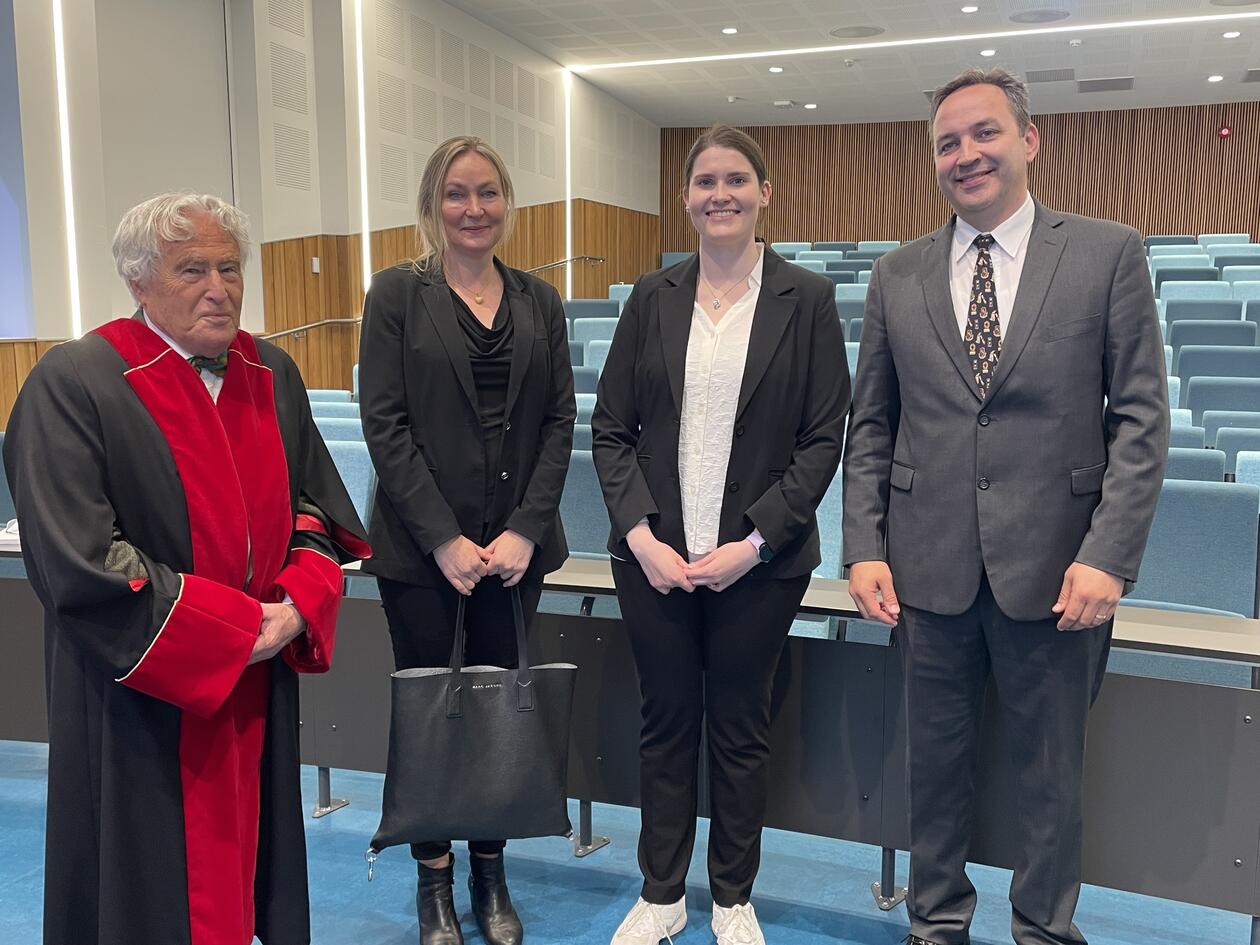Cells, genes and immunity that drive brain tumor growth
Glioblastoma (GBM) is malignant brain tumor, where the best available treatment extends survival by approximately 15 months. The tumor has a diffusely infiltrative growth pattern and a microenvironment that makes it difficult to achieve a long-lasting treatment response. Understanding the mechanisms that lead to GBM treatment resistance is imperative for development of novel therapies.

Main content
Biomarkers are measurable proteins that can predict patients' disease course or response to treatment. In her work, Victoria Arnesen examined three biomarkers to provide a better understanding of the disease. In the BORTEM-17 phase IB/II clinical trial, patients diagnosed with high-grade glioma are treated with combination therapy of bortezomib and temozolomide. It was investigated whether bortezomib could deplete MGMT, an enzyme that makes GBM resistant to temozolomide. Patients responded positively to the treatment, an indication of sensitization of GBM to temozolomide chemotherapy, as a result of reduced MGMT. The patients showed enhanced immune responses indicated by greater presence of activated effector T cell subsets lacking checkpoint markers of exhaustion and pro-inflammatory cytokines in their blood. Several had natural killer cells (NK cells) that expressed the activating receptor KIR2DS4, which we have previously shown to be a good prognostic biomarker.
Arnesen investigated whether these KIR2DS4-NK cells from the patients had the ability to persist, adopt properties and markers of memory killer cells in the blood and tumor tissue. Over half of GBM tumors overexpress NG2/CSPG4, a biomarker that portends poor prognosis by rendering the cells resistant to radiotherapy. Arnesen and characterized a novel mutation in NG2/CSPG4 and showed that this disrupted the protein function. By using a groundbreaking method to carefully edit the genetic material in the cancer cells, Arnesen was able to show that the gene mutation led toabrogated growth of cancer cells, also in animals, and gave significantly extended survival.
This research deepens our understanding of brain tumor biology. The findings may lead to the development of new personalized treatment, where targeted therapy can be combined with chemotherapy and radiation therapy to achieve long-term effective treatment.

